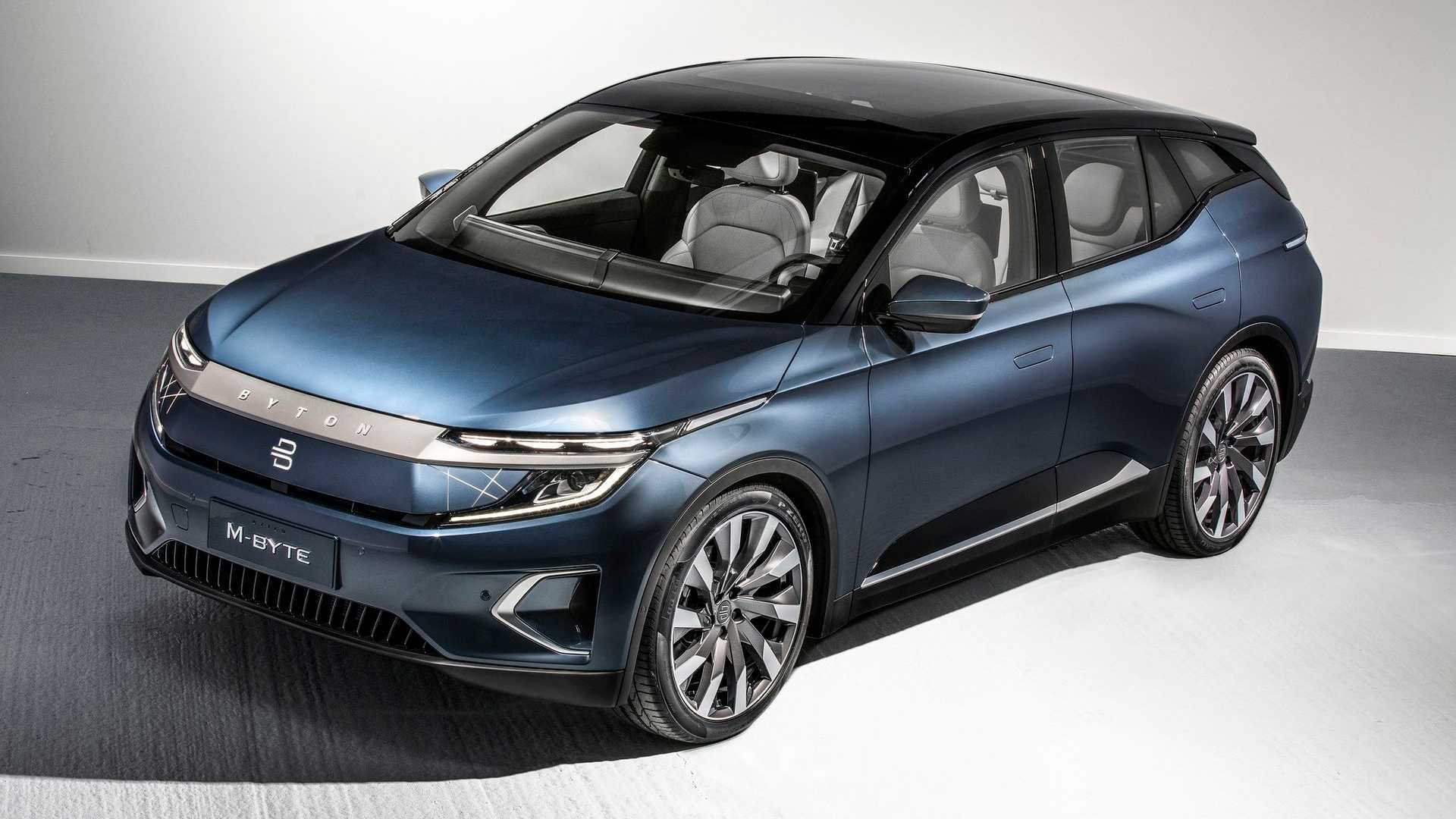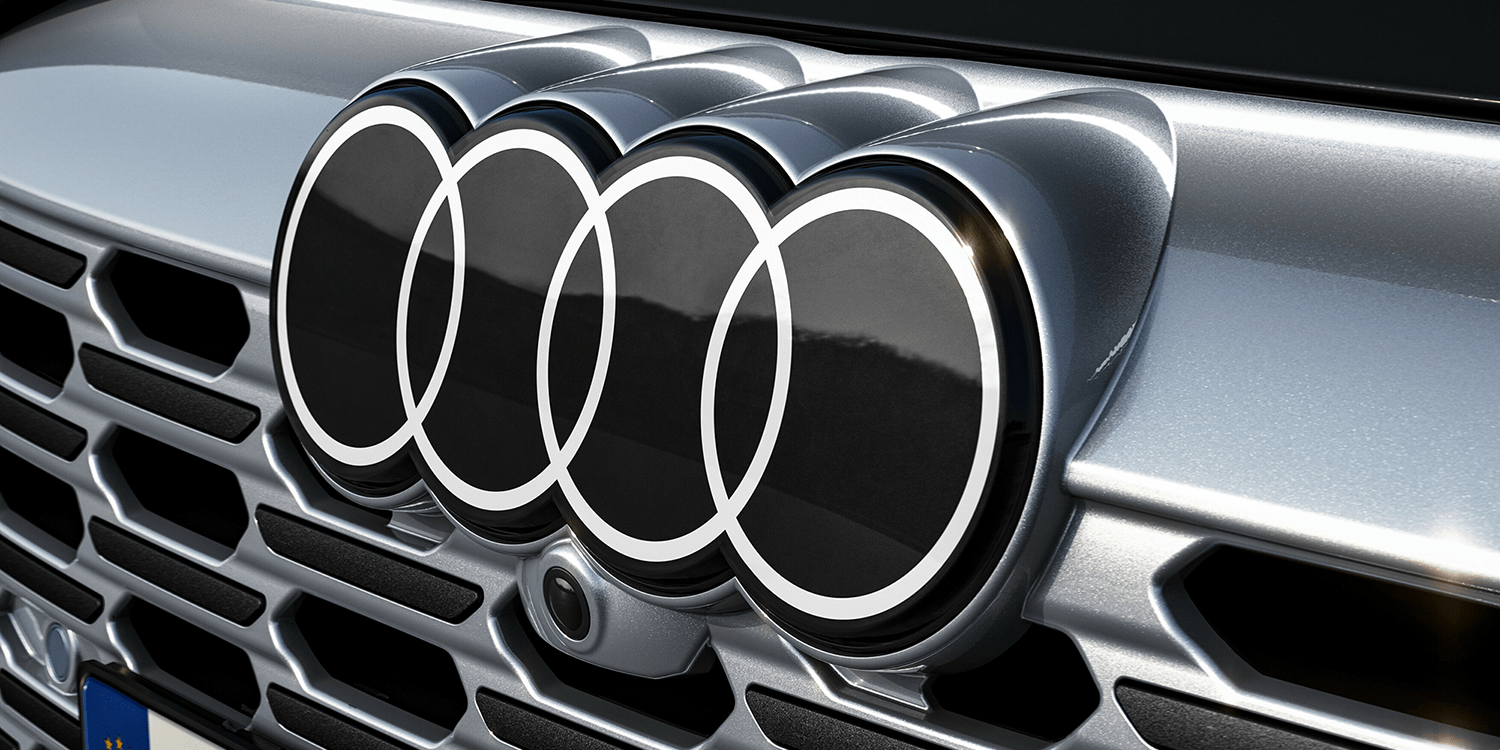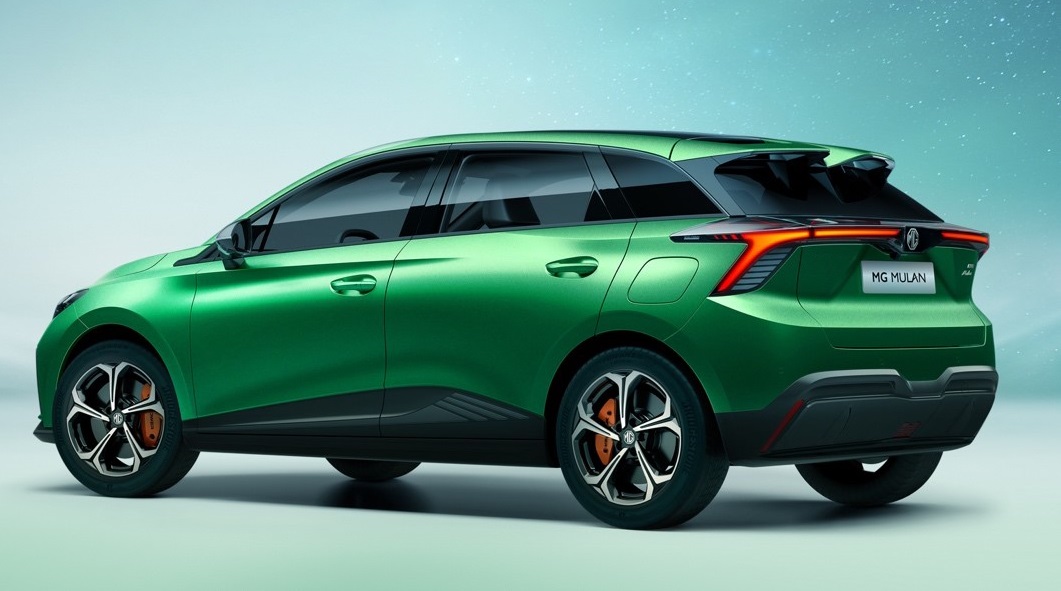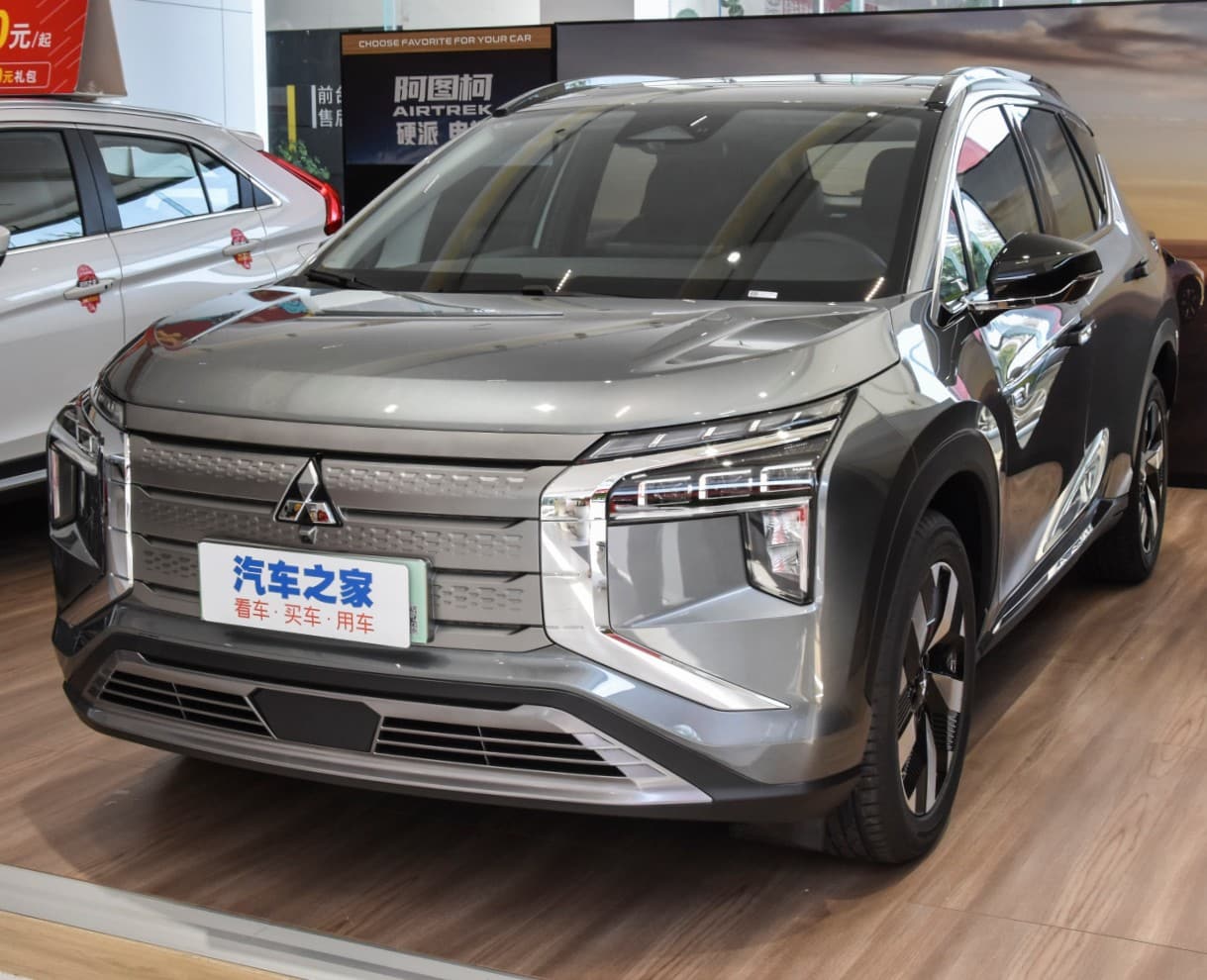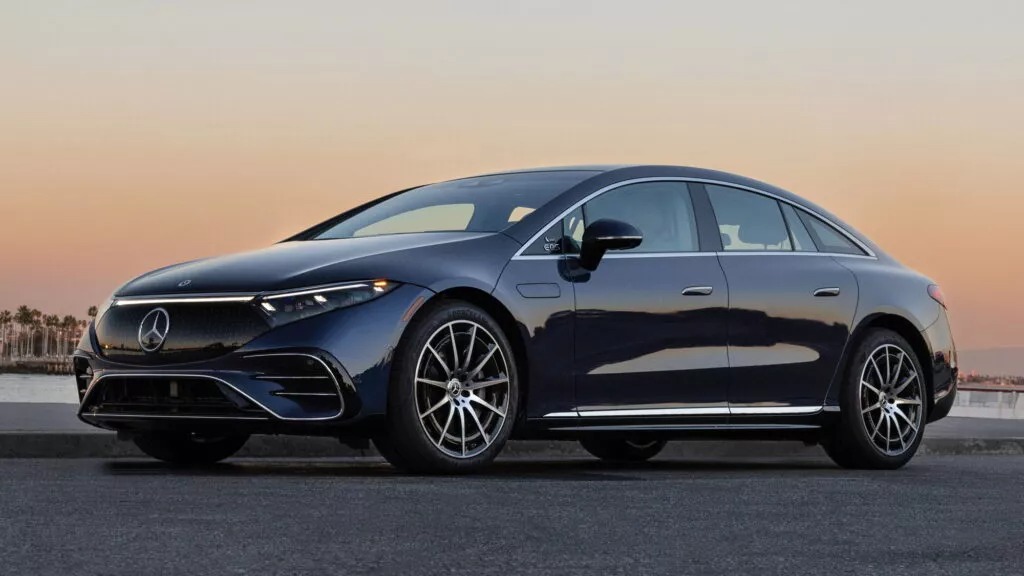SAIC-GM, the successful joint venture between General Motors and SAIC Motor, has recently initiated the construction of its third electric car factory. The new facility, located in Yantai, eastern China, marks a significant milestone in the company’s commitment to the production of electric vehicles (EVs) based on GM’s innovative Ultium platform.
According to a statement released by SAIC-GM, series production of electric cars at the Yantai plant is expected to commence in the first half of 2025. While specific details about the factory’s capacity remain undisclosed, it is evident that the investment in the Yantai vehicle plant forms part of SAIC-GM’s ambitious strategy to invest a staggering 70 billion yuan (approximately 8.8 billion euros) in future technologies, primarily focusing on the development of e-mobility, by 2025.
SAIC-GM already operates two other Ultium plants in China, located in Shanghai’s Pudong New Area and Wuhan. At the Shanghai plant, production of the Cadillac Lyriq, an exciting electric vehicle, is already in full swing. Recent reports from CN EV Post indicate that prices for the Cadillac Lyriq in China have been slashed by 60,000 yuan (about 7,500 euros). In Wuhan, the joint venture’s newly inaugurated electric car plant, the first model to roll off the assembly line is the Buick Electra E5. Media sources suggest that the delivery of the eagerly anticipated Buick Electra E4 to Chinese customers is imminent.
With the inclusion of the Cadillac Lyriq, Buick Electra E5, and soon-to-be-released Buick Electra E4, SAIC-GM’s current lineup of Ultium-based electric vehicles continues to expand. In the coming year, the joint venture has plans to launch an additional Cadillac-branded electric car, leveraging the advanced Ultium platform. Looking further ahead, SAIC-GM has set an ambitious goal of introducing ten more all-electric Ultium models to the market by 2025.
As the construction of SAIC-GM’s third electric car factory gains momentum, the automotive industry eagerly anticipates the continued growth and innovation in the EV segment. The joint venture’s commitment to cutting-edge technologies and sustainable mobility solutions reaffirms their position as a key player in China’s rapidly evolving electric vehicle market.


